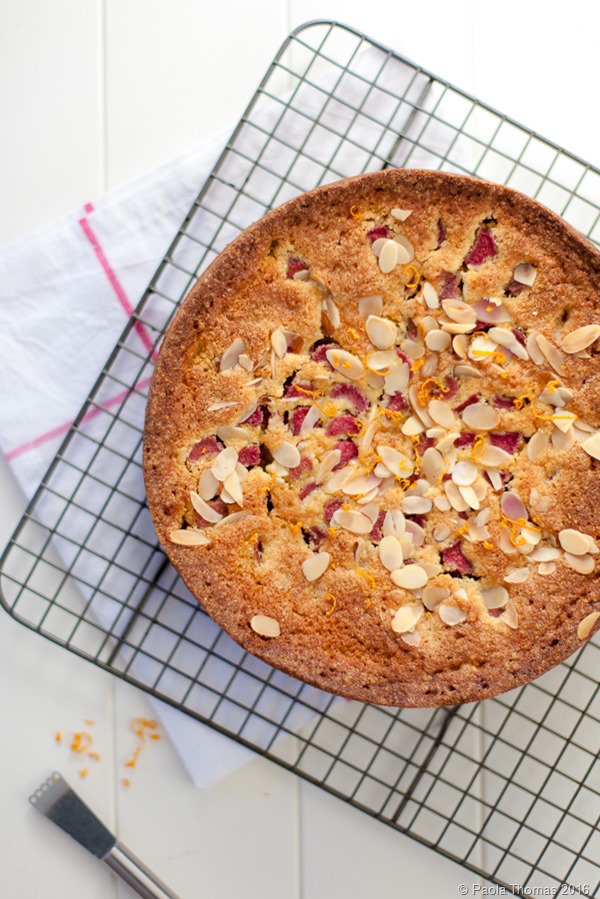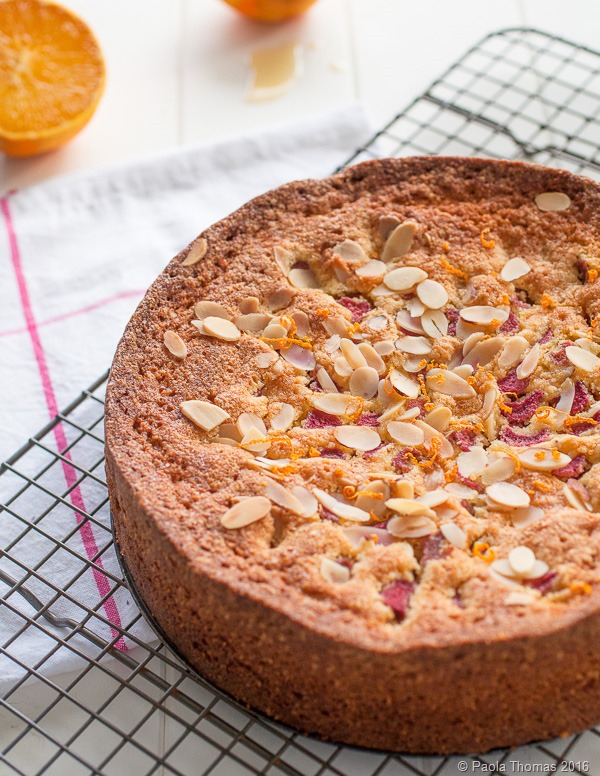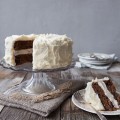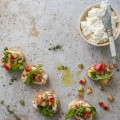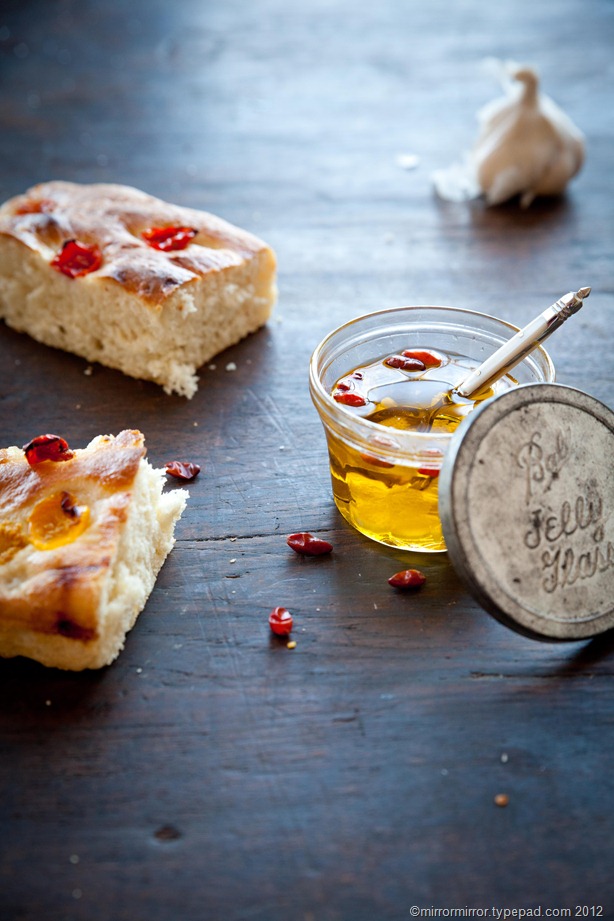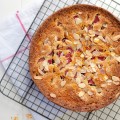Occasionally developing recipes is easy. I dream up a flavour combination, figure out the technicalities, make a test version and bam! it works first time.
This, however, was not one of those occasions. This cake, that I made last winter for Edible Seattle, kicked my ass forwards, backwards and into the middle of next week. This recipe is based on a traditional Italian ‘torta di polenta’, to which I thought some seasonal rhubarb would be a lovely addition. And when you have rhubarb, then it’s not much of stretch to pair that with orange and cardamom.
What I couldn’t figure out though, was how to incorporate the pieces of rhubarb to make the cake look pretty enough to go in a magazine. Although my family will eat anything that tastes good and is vaguely cake-shaped, for a magazine you need to have somewhat higher standards.
First I tried to make it like an upside-down cake. The concentric circles of rhubarb looked pretty, but the anaemic yellow of the cake’s underside made the whole thing look like an unappetisingly pallid frittata, which I soon gave up trying to photograph. But boy was it good – with its damp, buttery richness offset by the tang of the rhubarb and citrus and the pleasing bite of the polenta.
For my next trick I painstakingly arranged the rhubarb in concentric circles on the top of the cake. It looked magnificent and my hopes were high. Until I dropped it as I was carrying it to the oven. I scraped it back into the tin (thank goodness for the five second rule) and baked it, and the family loved it because it was cake, but it wasn’t anything I could photograph.
I whipped up another cake, again made an intricate rhubarb design on the top, managed to get it into the oven in one piece and then the rhubarb design promptly sank into the cake while it was baking. All I can say is that it’s a good job this cake is so delicious.
By now I was coming up against the copy deadline. This time round I abandoned the concentric circles and made up for rhubarb sinkage by sprinkling the top with some sliced almonds. And finally I got a cake I could use. With the deadline looming and in the flat winter light of a rainy December afternoon, I managed to grab a few shots, which I felt were OK.
So you could have knocked me down with a feather when my cake somehow wound up on the cover.
You really do need to make this cake. It may not be the world’s prettiest, but when you’re curled up with a good book and a coffee on a damp spring afternoon, there really is nothing better.
- 2 cups rhubarb, fresh or frozen, chopped into 1/2 inch pieces
- 2 tablespoons turbinado or demerara sugar (granulated sugar would also work here)
- 2 sticks unsalted butter, softened
- Approximately 1 teaspoon flour for coating the pan
- 1 cup caster/superfine sugar
- 2 cups almond flour
- 3 extra-large eggs
- 1/2 teaspoon vanilla extract
- Juice of half an orange
- Zest of two oranges
- 1/2 cup plus 1 tablespoon polenta or grits
- 1 teaspoon baking powder
- 1/4 teaspoon salt
- 1 teaspoon ground cardamom
- Approximately 2 tablespoons sliced almonds to decorate
- Grease and flour a 9-inch cake pan and cut a circle of parchment paper to line the bottom. A Springform pan will make it easier to remove the cake.
- Using a stand or hand-held mixer, beat the softened butter and sugar together until pale, light, and fluffy (about 4 minutes at a medium speed).
- Stir in the almond flour, then beat in the eggs, one at a time, until the batter is airy and soft.
- With a large spoon, fold in the vanilla extract, orange juice, and zest.
- Add polenta, baking powder, and salt, still folding gently.
- Fold the cardamom into the batter until evenly distributed.
- Spoon the batter, which should be a mousse-like consistency, into the prepared pan and smooth it out to the edges with a spatula.
- Take the marinated rhubarb pieces out of their syrup and drain on a paper towel.
- Press the rhubarb into the cake batter and scatter the sliced almonds over the top. Some of the rhubarb pieces will sink during baking, so you will end up with a rhubarb-studded cake.
- Set the prepared cake pan on a baking sheet and bake in the preheated oven 50–60 minutes. The cake should be firmly set in the middle and a deep golden brown on top.
- Remove from the oven and let sit 5–10 minutes, until the cake shrinks away from the sides. Then remove from the pan and leave to cool on a wire rack.
- Note: The leftover syrup at the bottom of the rhubarb bowl is delicious on yogurt or ice cream, or you can pour it over a slice of the cake just before serving.
